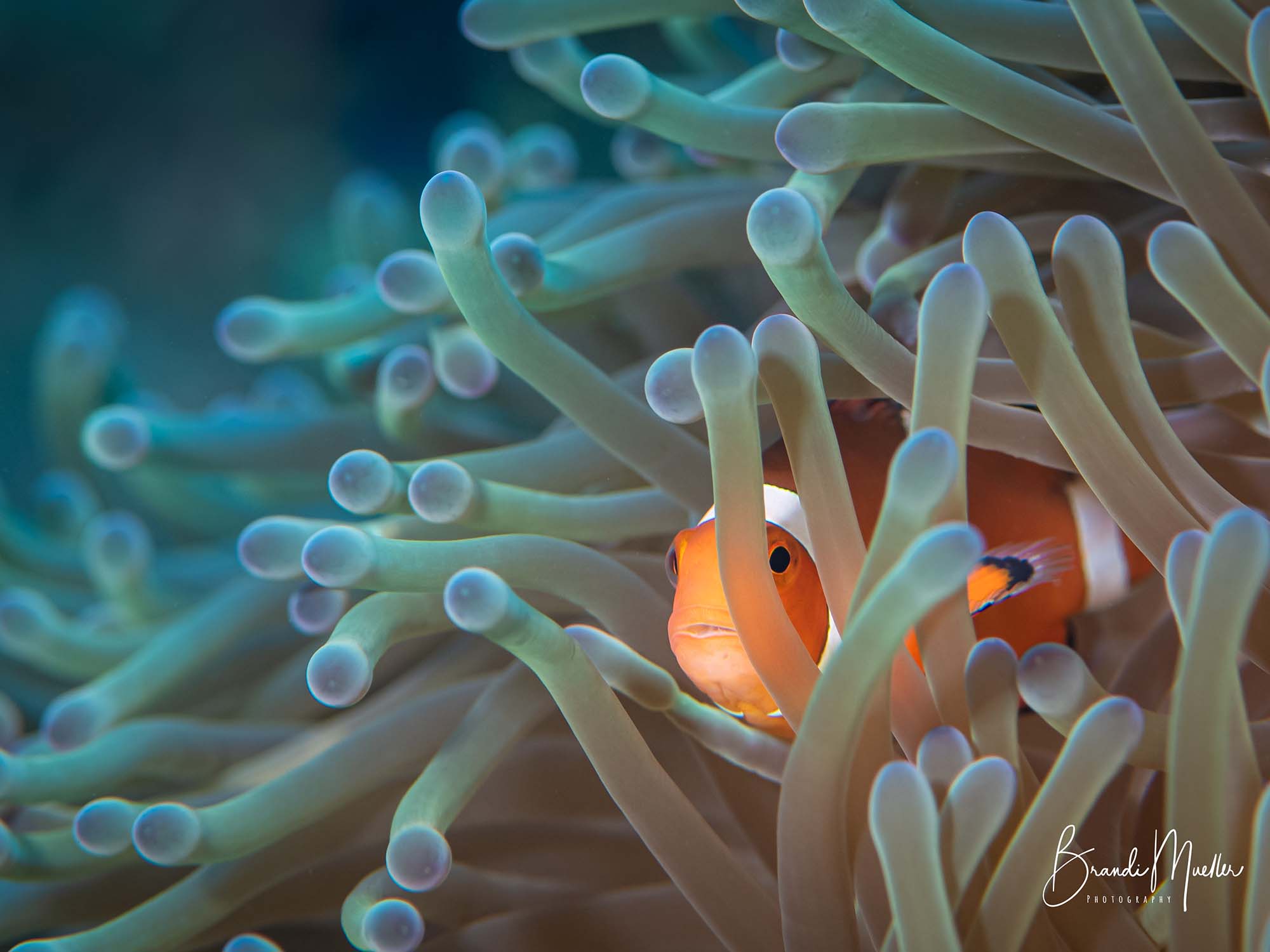By Stever Miller
We all love taking our cameras diving with us to all the beautiful places that we visit. For a lot of us, the camera is what makes the experience. But in the beginning, it can be a little overwhelming. Here's some tips and tricks that might make it a little more comfortable for you in the beginning.
Assembling Your Underwater Housing
My biggest rule is I always set up my system the night before I go diving, so I have to do nothing in the morning. And when I say set up my system, I mean everything. Put everything together just like you're about to go in the water. You're going to be making sure the lens cap isn’t on, that your batteries are all charged, that all of your connections are talking to each other and even burn a few frames so that you can test the flash and the SD card and everything in your system.

Preparing your system the night before makes your dive day less stressful. This is the best way to set yourself up for success.
Then what I'll do is I'll pump it up to pressure with the vacuum and I'll leave it for the night. That way, when I come by in the next morning all I have to do is look down at the vacuum, see that it's still holding pressure, disconnect it, plug the hole, and go so I can be in and out of the photo room in about 30 seconds.
Handling Your Housing on the Dive Boat
When you get on onto the dive boat for the first dive, lots of times there'll be a designated table for you to put your camera system on. Usually with astroturf or padding, and these are great.
If you don't have that, look for a safe place to put your system, preferably low on the deck, not on a table that it can fall off of. Remember, sometimes these boats are going to rock on the way out. So what I like to do is find a place where nothing can fall on top of my camera, probably under one of the benches that we sit on. I also like to make sure that it's not laying out in the sun. If you've got a long boat ride in the sun housings can get pretty hot, that's why we make ours white.

If your dive boat doesn't have a designated camera table, stow your system in a place that is safe from having anything drop on it or having it fall when the boat is rocking.
Scuba Diving with Your Camera
So now it's time to get into the water. Now I always have a cable grip on my housing and it makes it much easier and safer to move your housing from place to place. I recommend that you show this cable to the dive masters or the people that are going to be handing your gear down to you and taking it back from you after the dive.
As I go down the anchor line, I always like to take a good long look at the back of the housing. Since our backs are clear, you're going to be able to see the entire o-ring as well as the camera and all of your settings. This is a great time on your way down the anchor line to just make sure everything is as you set it.

Maintaining Your Housing Post-Dive
So now the dive is over and you're approaching the ladder. I like to have the cable as the method that I use to remove my camera to and from the water. If you're shooting natural light and you don't have big strobe arms hanging up your system, you can simply pass it with your hand and then the crew member takes the handle to bring it out.

Our cable grip makes passing the camera into and out of the water so much easier.
But if you have strobes, they'll start flopping at that point. So what I like to do is bring the strobe arms in, lift the handle up, and then I let go when I see the crew member has their hand firmly on the cable grab.
From there, when you climb the ladder, you're probably going to find that your camera is in the rinse tank. If it is, I will go immediately to it, pull it out of the rinse tank, and find a safe place for it. If we all throw our cameras into the rinse tank, they're all going to be bumping into each other as the boat goes.
"Whatever you do, don't leave your camera in the rinse tank for hours and hours and hours during the ride in and the ride back, give it a quick dunk in the water and then stow it."
The first few trips you take your camera on can be a little hard to get used to, a little stressful. I hope these tips and tricks have maybe made you feel a little more comfortable with that. If there's anything we can answer more specifically, though, drop us a note at ikelite@ikelite.com
Additional Viewing
What I Wish I Knew When I Started in Underwater Photography [VIDEO]
The Importance of Hitting the Water with a Shot in Mind [VIDEO]
An Insider's Guide to Liveaboard Diving
The BEST Piece of Advice as a Beginner Underwater Photographer [VIDEO]
My Must Have Underwater Housing Accessory // Cable Top Handle Grip [VIDEO]
Checking for Housing Leaks Using a Vacuum Pump and Valve
DO'S and DON'Ts of 200DL and 50DL Underwater Housing Set-up [VIDEO]
 Ambassador Steve Miller has been a passionate teacher of underwater photography since 1980. In addition to creating aspirational photos as an ambassador, he leads the Ikelite Photo School, conducts equipment testing, contributes content and photography, represents us at dive shows and events, provides one-on-one photo advice to customers, and participates in product research and development. Steve also works as a Guest Experience Manager for the Wakatobi Dive Resort in Indonesia. In his "free" time he busies himself tweaking his very own Backyard Underwater Photo Studio which he's built for testing equipment and techniques. Read more...
Ambassador Steve Miller has been a passionate teacher of underwater photography since 1980. In addition to creating aspirational photos as an ambassador, he leads the Ikelite Photo School, conducts equipment testing, contributes content and photography, represents us at dive shows and events, provides one-on-one photo advice to customers, and participates in product research and development. Steve also works as a Guest Experience Manager for the Wakatobi Dive Resort in Indonesia. In his "free" time he busies himself tweaking his very own Backyard Underwater Photo Studio which he's built for testing equipment and techniques. Read more...











![Tips for Diving with an Underwater Housing for Beginners [VIDEO]](http://www.ikelite.com/cdn/shop/articles/Tips_for_Diving_with_an_Underwater_Housing_for_Beginners_copy.jpg?v=1725981691&width=1500)
![FOUND NEMO?! Photographing Clownfish and Anemones Underwater [VIDEO]](http://www.ikelite.com/cdn/shop/articles/Clownfish_Finding_Nemo_Blog_Cover.jpg?v=1724785632&width=2000)
